
AeroGenie — 您的智能副驾驶。
热门趋势
Categories
Average Lifespan of a Boeing Commercial Jet
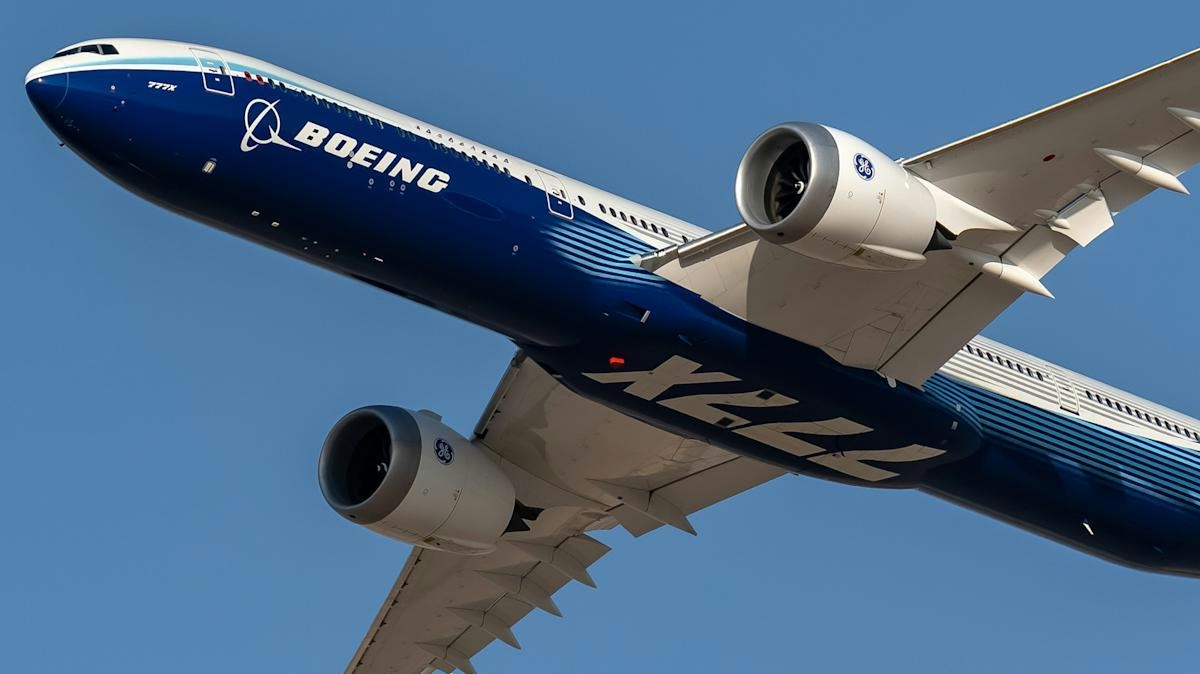
Average Lifespan of a Boeing Commercial Jet
Boeing has established itself as a cornerstone of the global aerospace industry, with its commercial aircraft division generating over $22 billion in revenue last year and employing nearly 50,000 people worldwide. The company’s major manufacturing hubs in Everett, Washington, and Charleston, South Carolina, have been the birthplace of some of aviation’s most iconic aircraft. These include the Boeing 707, which marked the dawn of the jet age, and the 747, the world’s first widebody airliner. Today, Boeing continues to produce widely used models such as the 737 narrowbody family and the 777, the most-produced widebody aircraft in history.
Lifespan of Boeing Commercial Jets
The average operational lifespan of a Boeing commercial jet is influenced by several factors, including the aircraft type, usage patterns, and prevailing industry conditions. Generally, Boeing aircraft remain in commercial service for between 20 and 30 years. Upon retirement from passenger service, many jets find a second life through sales to secondary carriers or conversion into cargo aircraft, often extending their functional lifespan significantly.
Narrowbody aircraft, exemplified by the Boeing 737 series, typically have an average service life of 12 to 15 years. However, with diligent maintenance and periodic refurbishments, many 737s continue to operate for 25 years or more. Their relatively lower maintenance costs contribute to their appeal for prolonged use. In contrast, widebody aircraft such as the Boeing 777 and 787 generally serve for 20 to 25 years. The older 747 model frequently remained in service for 30 years or longer before retirement. Many of these widebody jets are converted into freighters, with some continuing to fly for over four decades.
Industry Trends Affecting Aircraft Longevity
Recent disruptions in global supply chains have had a notable impact on aircraft production schedules, compelling airlines to retain older jets in active service longer than initially planned. Delays in the delivery of new aircraft, including Boeing’s 777X—which has seen its commercial debut postponed until 2027—have forced carriers to extend the operational life of their existing fleets. These production setbacks have also resulted in significant financial charges for manufacturers.
At the same time, competition within the commercial aviation market has intensified. The Boeing 737, once the world’s most popular jet, has been surpassed by the Airbus A320, which recently exceeded 12,260 deliveries to claim the leading position. This shift highlights Airbus’s expanding market presence as Boeing navigates production challenges and evolving airline strategies.
Post-Commercial Service Utilization
When Boeing aircraft conclude their commercial passenger careers, many continue to serve in alternative roles. Depending on their condition and market demand, retired jets are often transferred to secondary markets, where they operate with smaller airlines, cargo carriers, or charter services. Freighter conversions are particularly common among widebody models, enabling these aircraft to remain operational for decades beyond their original passenger service.
The average lifespan of a Boeing commercial jet, therefore, typically ranges from 20 to 30 years. However, ongoing industry dynamics—including supply chain difficulties and heightened competition from Airbus—are shaping the duration these aircraft remain in service. As airlines adjust to production delays and shifting market conditions, the operational life of Boeing jets continues to evolve, reflecting broader transformations within the global aviation sector.
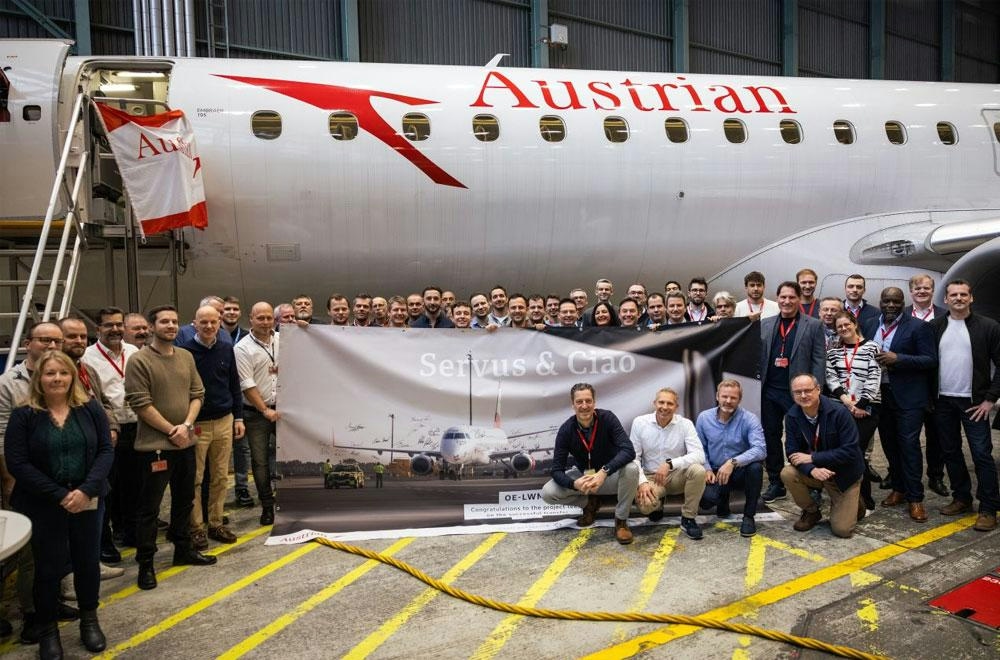
Austrian Airlines Transfers Embraer Fleet to Air Dolomiti
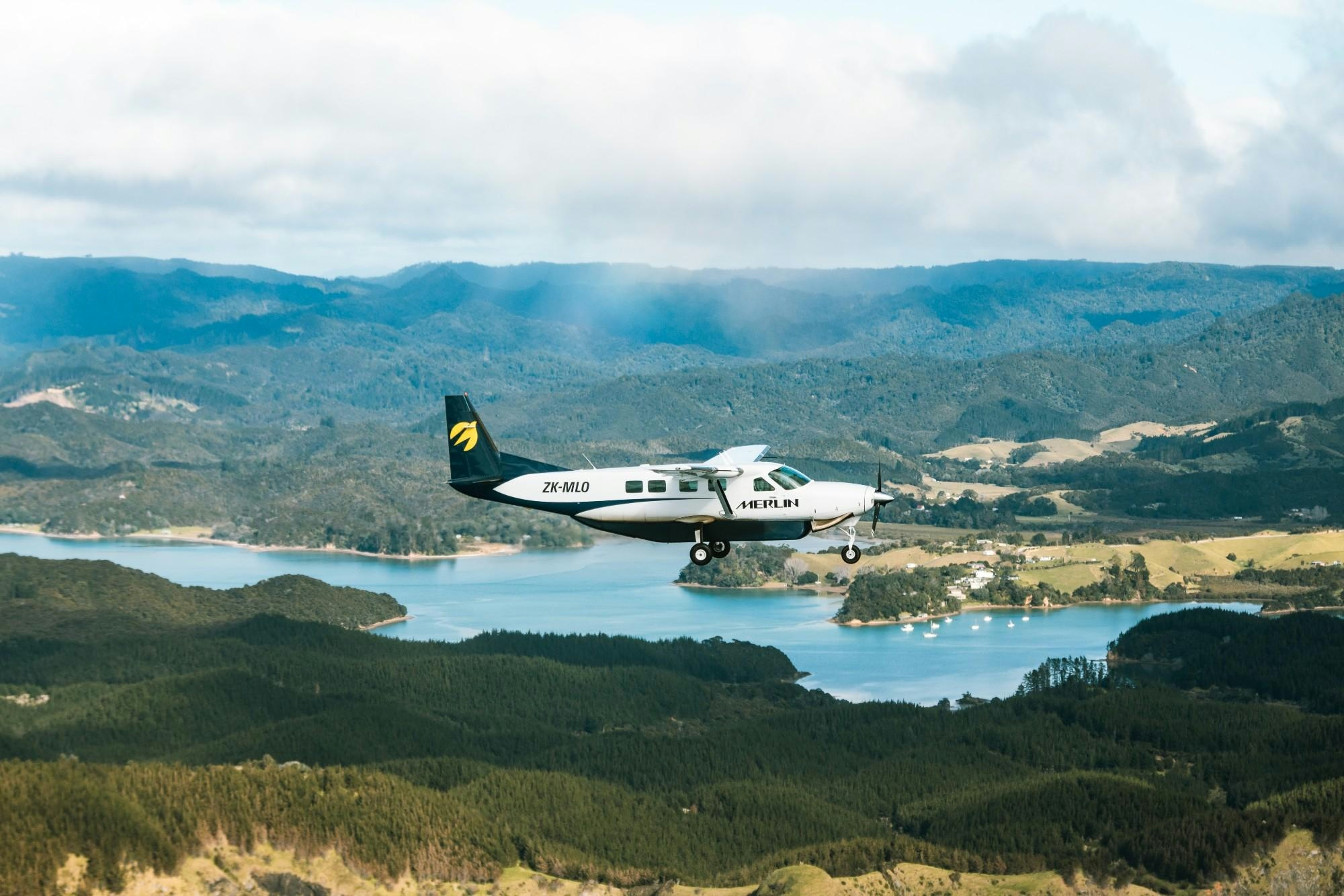
Merlin Labs: AI Aviation Company with SPAC Downside Protection
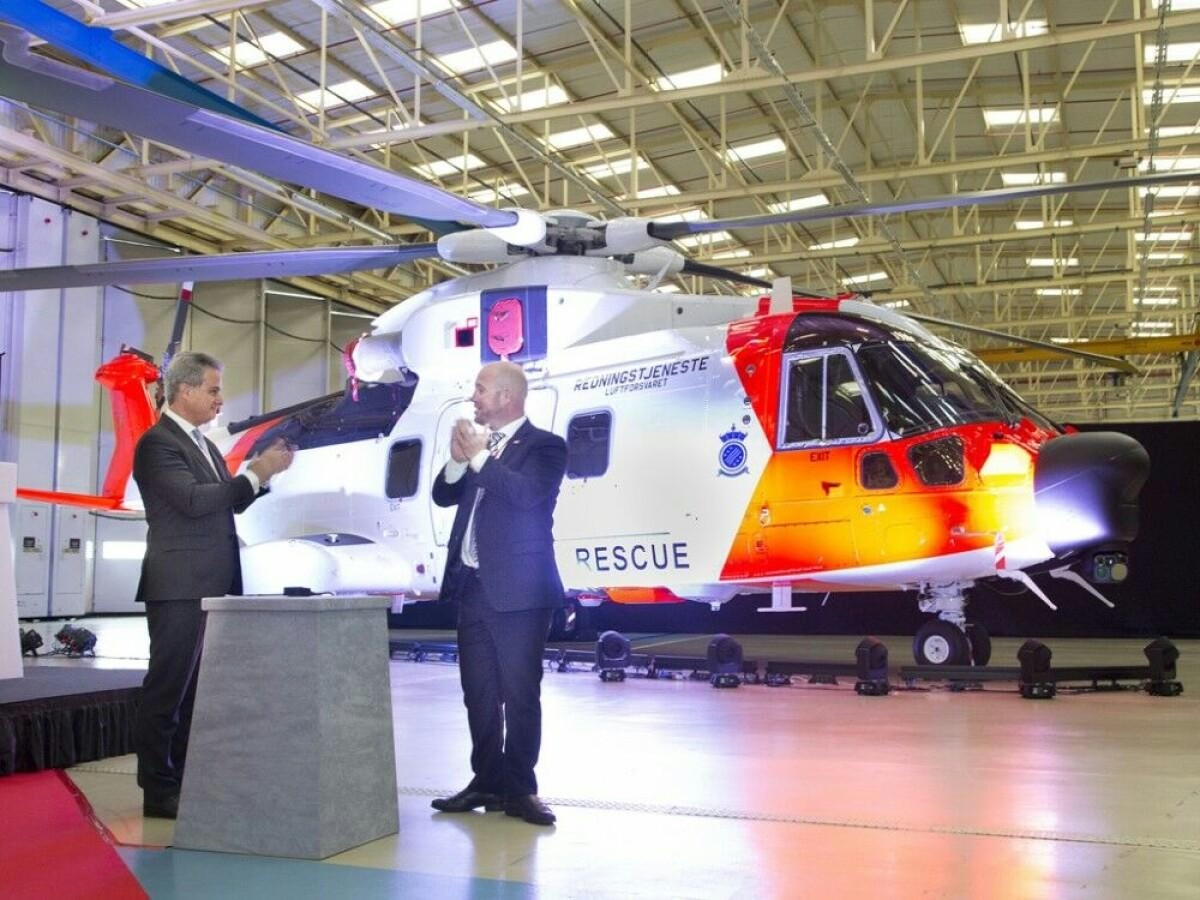
Heli-One Extends AW101 Search and Rescue Support in Norway

Falko Completes First Aircraft Sale in Japan
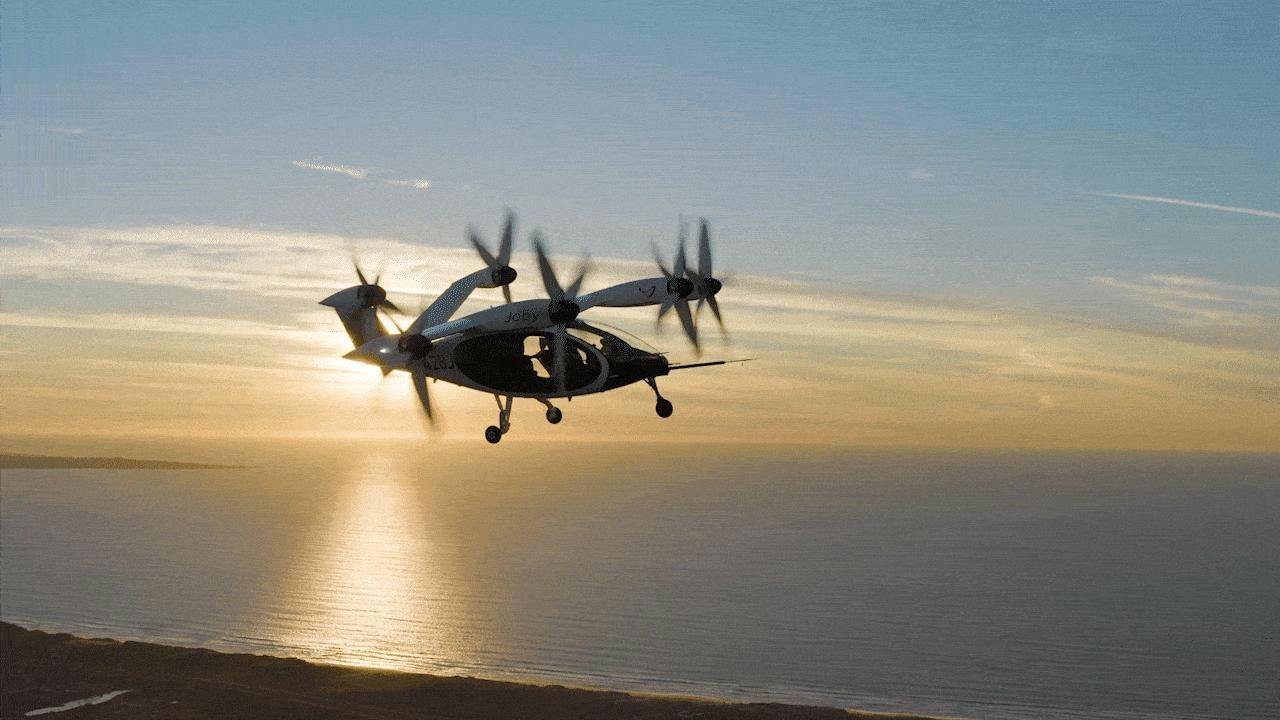
Joby Surpasses 50,000 Air Taxi Miles, Completes Fourth Global Demonstration
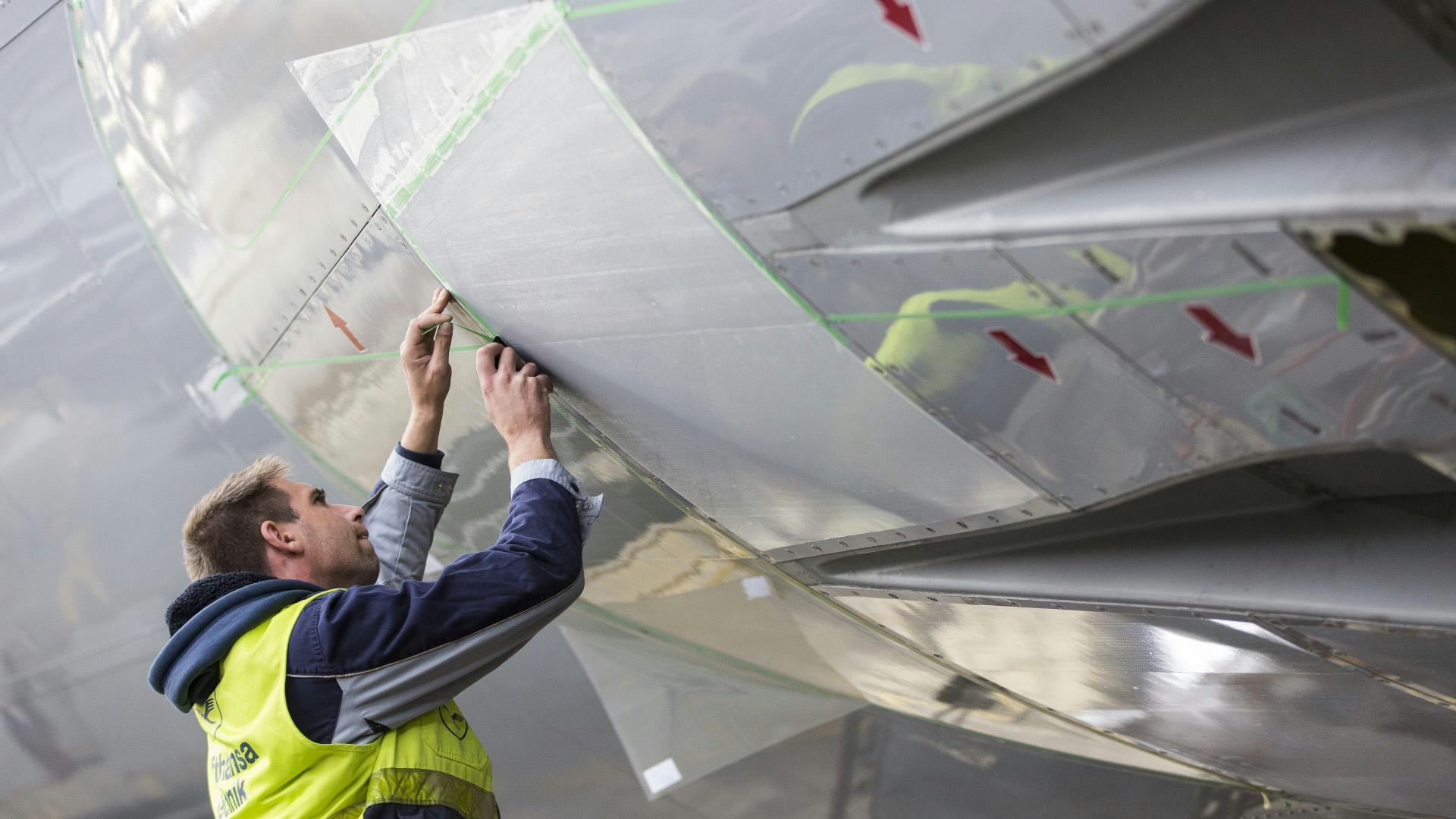
SWISS Renews Boeing 777 Component Support Agreement with LHT
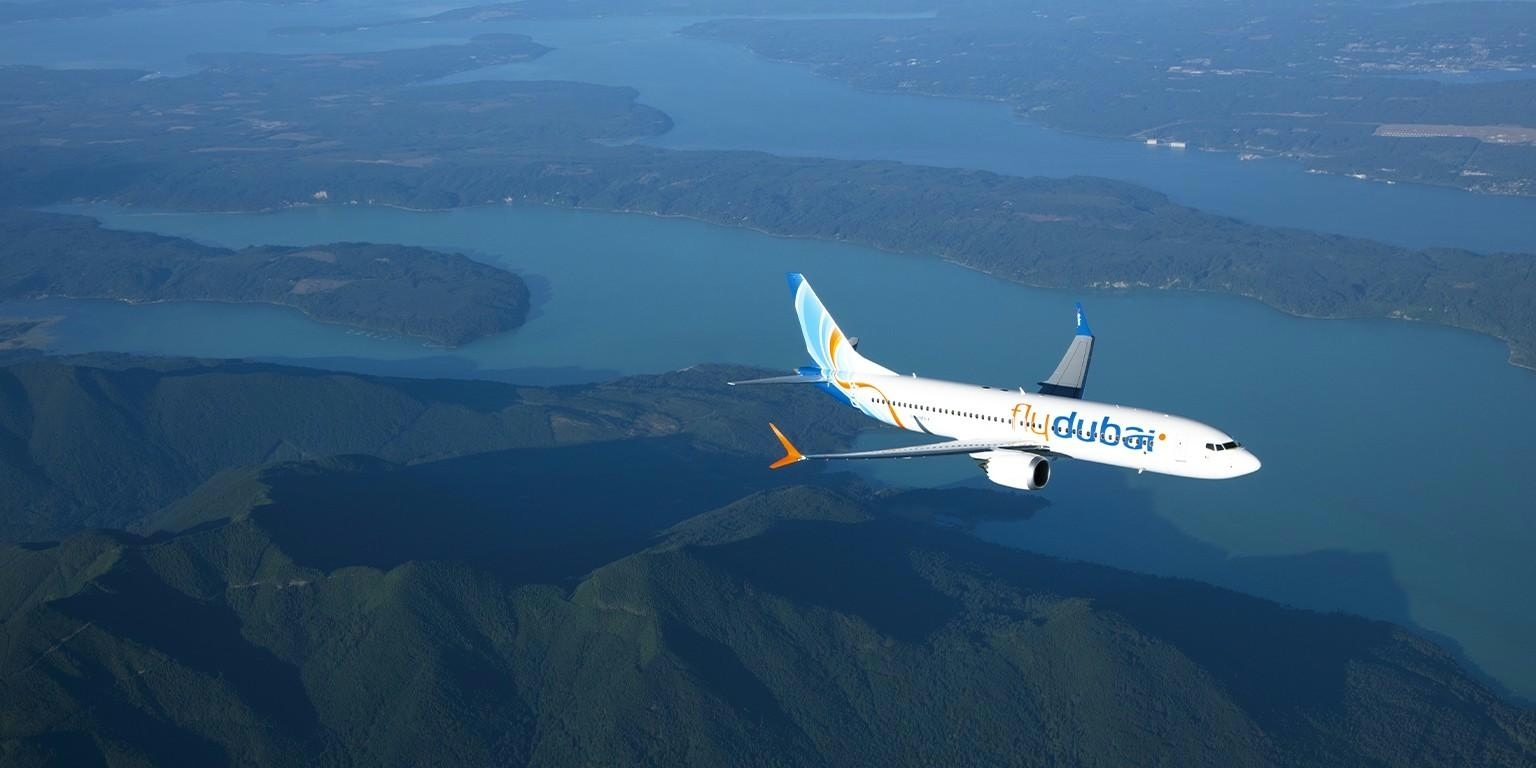
Flydubai Partners with Amazon Web Services to Enhance Digital Operations
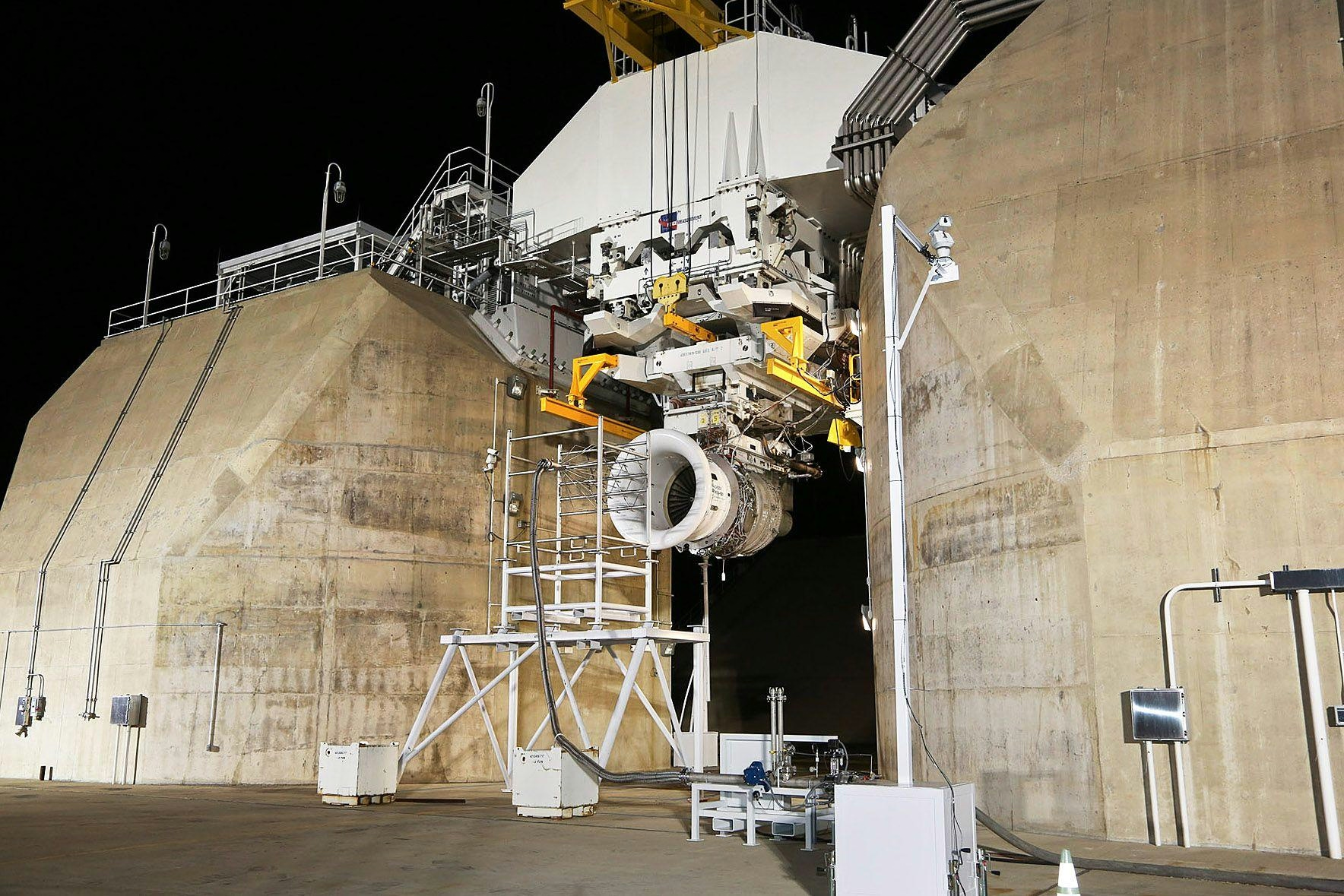
Do Chickens Get Thrown Into Aircraft Engines?
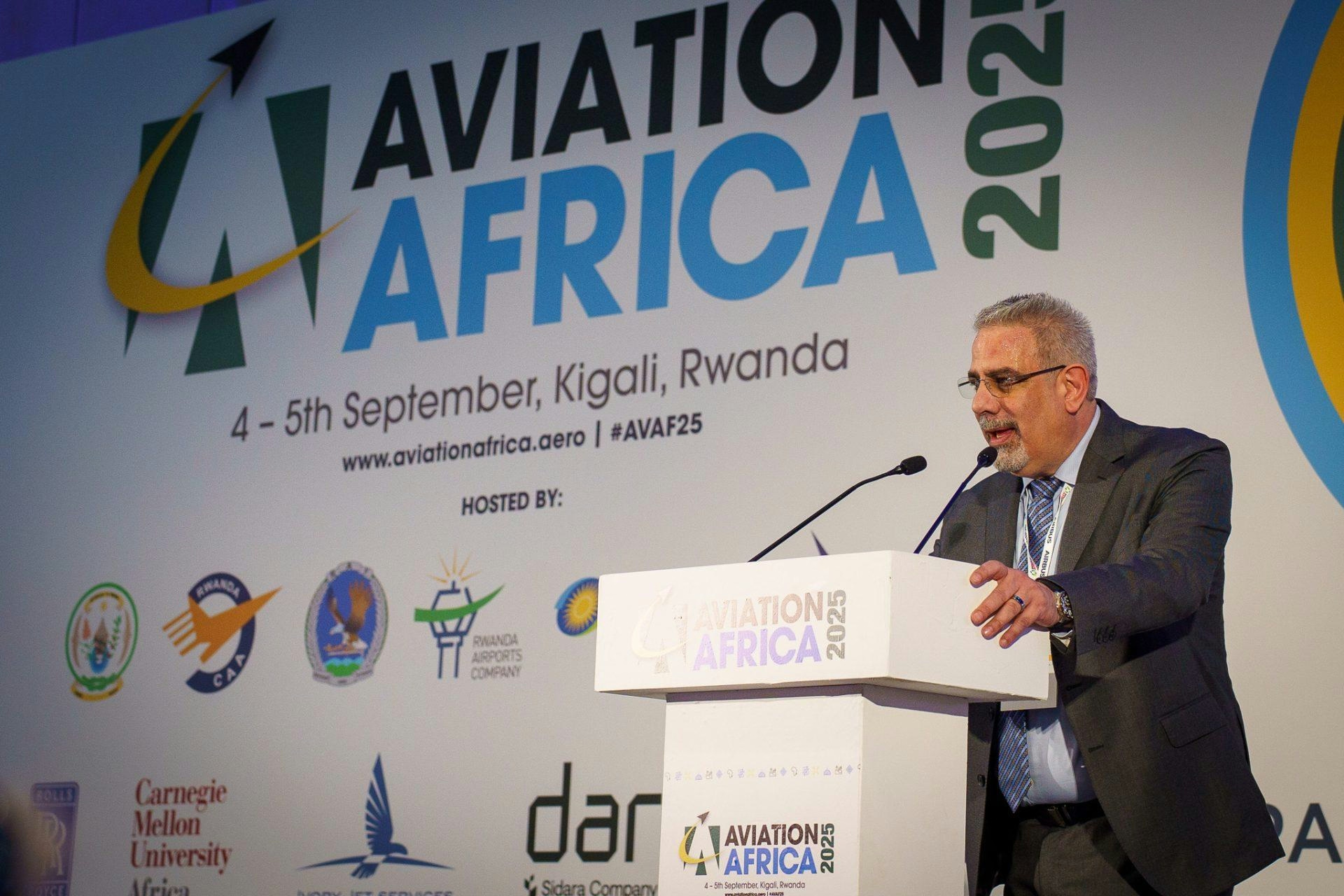
IATA Identifies Africa as the Most Expensive Region for Airline Operations
